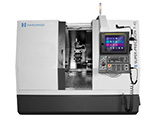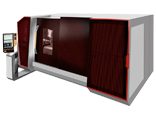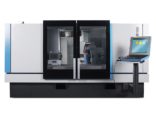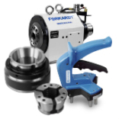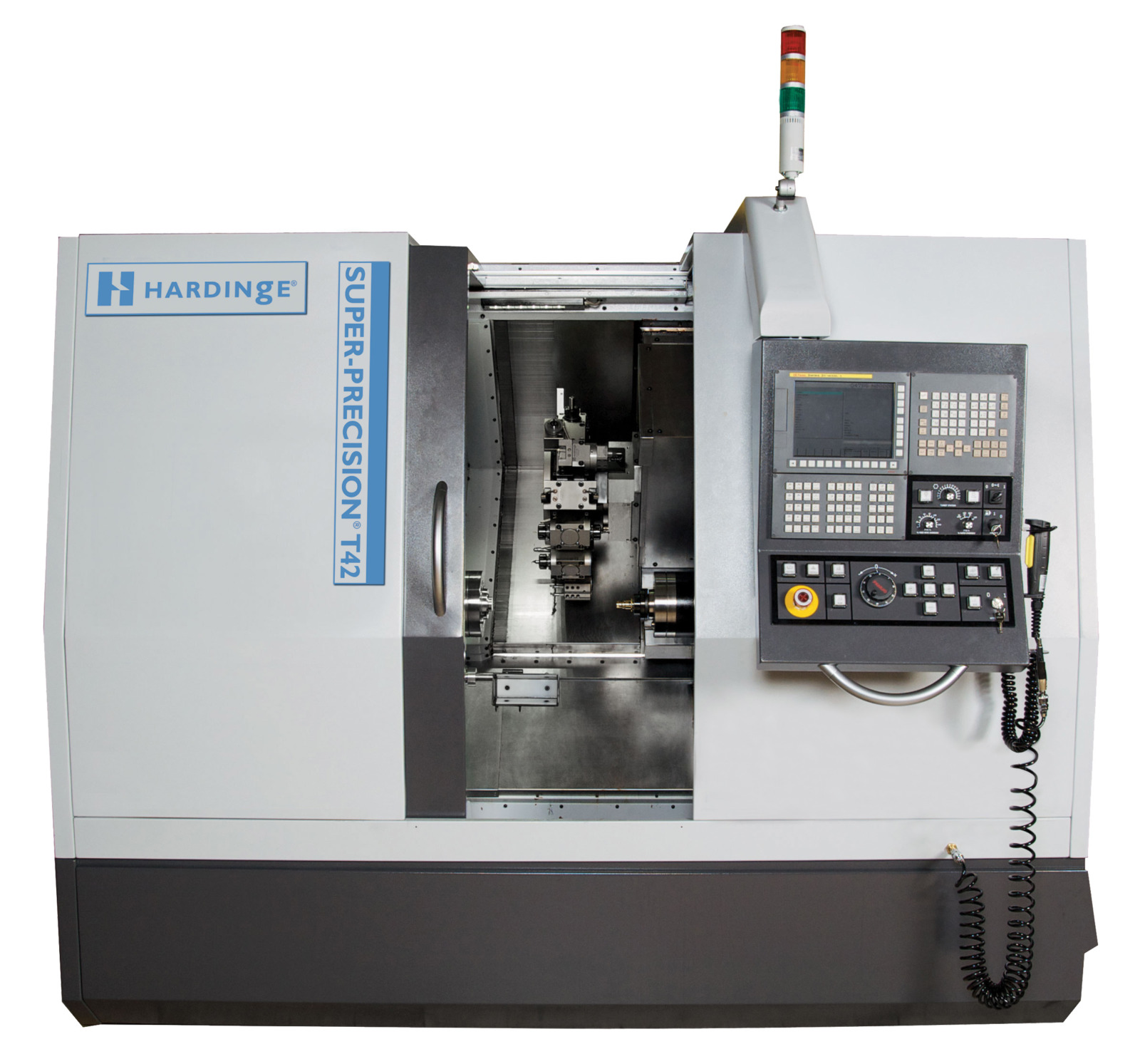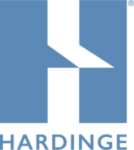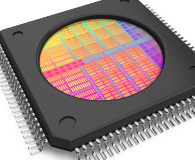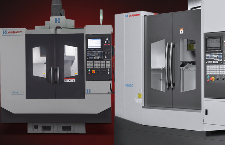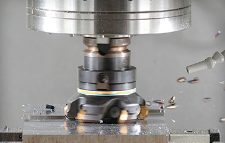Welcome to Hardinge’s New Blog! Major disruption is coming to our industry. It won’t happen this month or even this year, but our industry will significantly evolve over the next ten years.
Industry 4.0 technologies are triggering digital transformation within manufacturing. During the next decade, digital manufacturing technologies will enable companies to connect physical assets and create a flow of data across the value chain that will link every phase of the product life cycle, from design, sourcing, and production to distribution, point of sale, and the end user.
Everything will be connected. As a result, your operational processes, your business processes, and your go-to-market strategies will also change. This transformation enables faster, more flexible, and more efficient processes to produce and deliver higher-quality goods at reduced costs.
What are these Industry 4.0 technologies? According to the Boston Consulting Group (BCG), one of the world’s leading management consulting firms, nine technology trends form the building blocks of Industry 4.0. They include autonomous robots, simulation, big data and analytics, augmented reality, additive manufacturing, the cloud, cybersecurity, the Industrial Internet of Things (IIoT), and vertical and horizontal integration.
Embracing Change
The only way manufacturers can stay ahead of competitors and win market share in today’s quickly changing environment is to embrace change.
At times, understanding these changes including new terminology, technologies and more may seem overwhelming. Think of it as a journey and not one big decision with one huge looming deadline.
That is why we have launched this blog – to help you navigate through these changes.
In this blog, you will learn about complex metalworking processes, advanced tooling, and new operational technologies such as super precision tooling as well as informational technologies such as analytics and the Internet of Things (IoT). We will talk about how organizations are using data collected from industrial tools for better efficiencies, emerging market forces, and real world case studies about how Hardinge customers are embracing these changes. We will provide our perspective on how these changes affect your business and its bottom line.
Everything is Becoming Smart
The Internet of Things (IoT) and Artificial Intelligence (AI) are two disruptive technologies that are driving transformation. Here are a few statistics from industry research firms that provide a sense of just how widespread and how quickly this evolution will happen.
- Worldwide technology spending on the Internet of Things expected to reach $1.2T in 2022, with discrete manufacturing and transportation industries leading the pack, with a CAGR of 13.6% during the 2017-2022 forecast period according to IDC.
- According to Market and Markets, AI in the manufacturing market is expected to grow from USD 1.0 billion in 2018 to USD 17.2 billion by 2025, at a CAGR of 49.5%. The huge availability of big data, increase in venture capital investments, and evolving industrial IoT and automation is driving the growth of the AI in manufacturing market.
- Worldwide spending on AI systems will more than double to $79.2 billion in 2022 with a compound annual growth rate (CAGR) of 38.0% over the 2018-2022 forecast period according to IDC.
Who should follow this blog?
Our goal is to make the blog a resource for anyone involved in the development, management, or maintenance of industrial tooling including job shop owners, operations/manufacturing managers, plant manager, process engineers, program managers, machine operators, and procurement specialists.
Welcome… we look forward to hearing from you.

